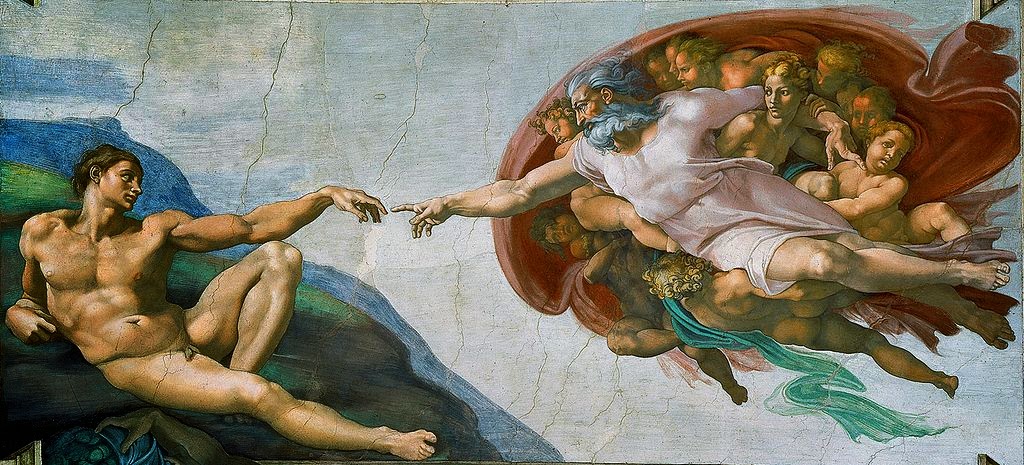When a piece of art has unity it makes sense. As a whole it looks balanced and all the elements and structure belong together. Artist can unify their work in a couple different ways. One way is color. Color can help balance out a piece of art by using a single color or complimentary colors. Even using a color scheme that is monochromatic or analogous or both can make a piece of art unified. The colors artist can use are endless. Another way to unify art work is shape and size. Shapes can bring dimension to a piece of art. Shapes can be geometrical or organic. Size can help add variety to art work and help us determine what our focal point is. Repetition is another way a piece is unified. If the element is constant and repeats it self multiple times it causes a balancing effect because all you are seeing is something that is constant throughout the piece. Artist can use multiple combinations of techniques to achieve a unified piece.
Claude Monet’s Rue Montorgueil in Paris, Festival of June 30, 1878.
The arrangement of were the flags and people are creates unity. The flags that are placed on each side to help balance out the people. The size of the people and flags go from big in the front to small in the back. The colors of the flag and people are repetitive. The constant repetition of theses elements creates unity and variety on the canvas.
Lavinia Fontana. Noli Me Tangere. 1581.
Asymmetrical balance is when both sides are not the same but multiple elements are balanced using size,color and form. An artist can uses these elements to create an asymmetrical balance. This is an example of an asymmetrical balance. The oil painting is not symmetrical because it is not the same on both sides. The left and right sides are different but the painting creates a balance as if it was symmetrical. The size of the form of the woman and man on the right side is larger then the three form’s in the back on the left side. The colors on the woman in the front created weight because of the warmth of the dress and the sky’s light helped by giving a glow like her dress. Similar in color but the sky is lighter then her dress. While the man in front does not disturb the painting because he also helps balance the tomb on the left in the back and his clothing helps brighten the painting just like the sky. The three figures in the back help balance out the front because of the size as well as the color. The right side is lighter then the left side and the left side is darker then the right. The women in the back with a red orange dress helps dye down the brightness of the man’s clothing. The darkness on the left also creates depth of space and the illusion of the painting looking like its dimensional.
Ron Mueck (Australian, b. 1958). Mask II, 2001–2002.
Scale can change the meaning of artwork because it can change the viewer point of view and create a different emotion. This appears to be a man sleeping but it actually a relatively large version of a man sleeping. This is realism that is extreme which is called hyperrealistic sculpture. This sculpture represents features of Ron Mueck face on a super human scale. The combined effect of accurate proportion and hyperrealistic detail of the human face looks as if the artist cut off a giants head and put it on a huge block.



